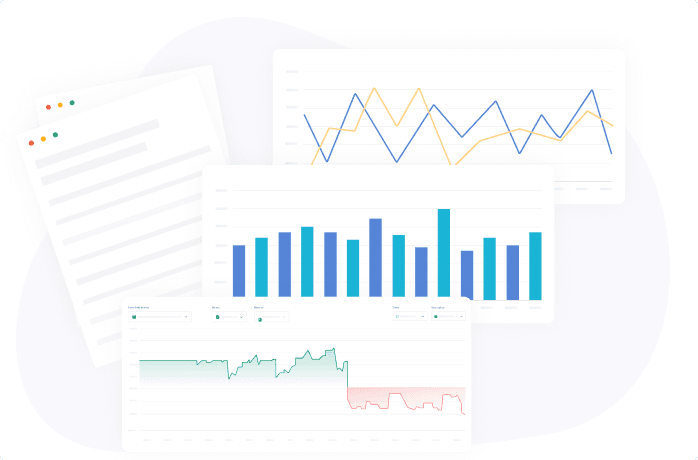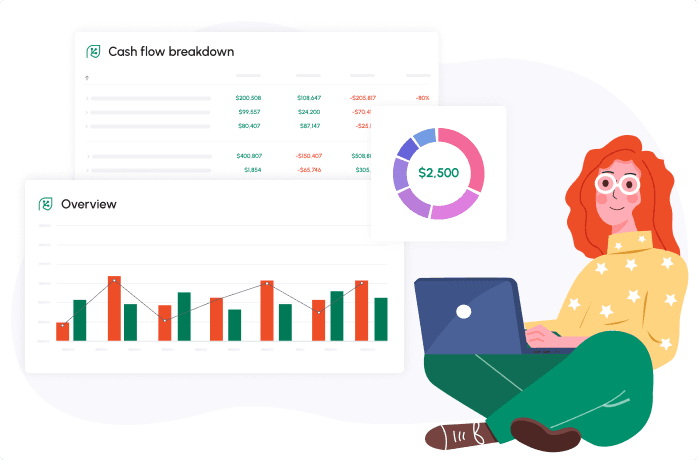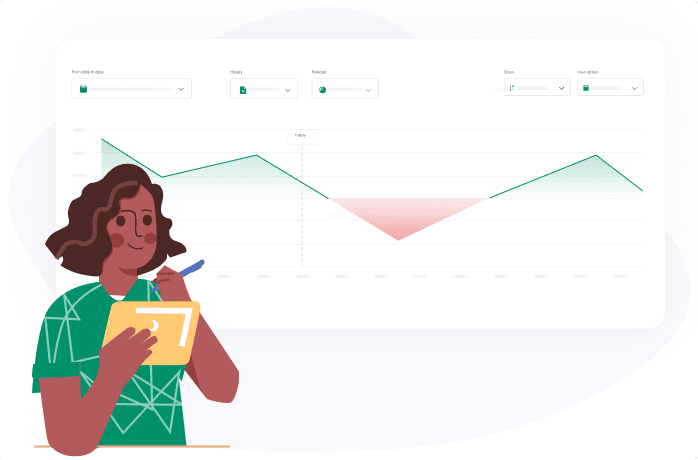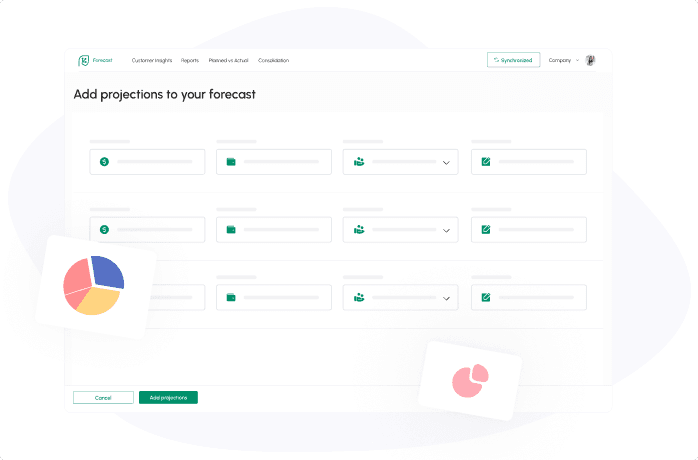
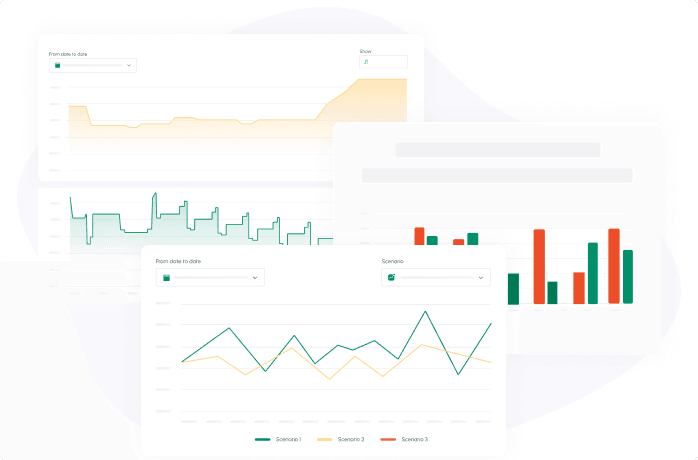
Tax compliance is an unnecessary evil of doing business. If you operate in multiple countries or jurisdictions, it’s necessary to adhere to strict tax codes. GST/VAT is one of the compliance measures that you’ll need to monitor closely because it can be costly.
If you’re wondering what VAT/GST is, continue reading the guide below.
Understanding VAT/GST: A Brief Overview
What is VAT/GST and how does it correlate to tax compliance? When you conduct your annual or quarterly taxes, you’ll come across these two acronyms:
- VAT, or Value Added Tax, is a consumption tax on certain goods or services. Some exemptions do exist, and it’s up to the business to monitor these taxes. VAT is defined as an indirect tax that the business collects and repays.
- GST, or Goods and Services Tax, works very similarly to VAT and is charged in certain countries, such as Australia, Canada and India, among many others. GST requires registration.
If you do not adhere to VAT/GST compliance, you will face stiff penalties. On top of these penalties, there is also the issue of different countries charging different rates for both of these forms of consumption tax.
VAT is higher and can vary from one country to another.
For example, in the UK, VAT is 20% and in Greece, it’s 24%. Australia’s GST is 10%, while Canada’s rate is 5%.
Multiple VAT calculation methods can be deployed, too. Certain products or services may come at a lower VAT rate than others. Gold is a precious metal that, in some countries, such as the UK, is exempt from VAT.
Gold is used for many applications and in hardware products, so the government exempts VAT to keep costs down. Platinum is not exempt from VAT in the UK. You need to know which materials or services that you sell and their respective consumption tax rate.
Benefits of Precise VAT/GST Forecasting
Forecasting VAT/GST requires you to forecast how much of each product or service that you sell. Since you should be collecting this consumption tax at the time of the sale, it’s crucial that you know how much money to keep aside for when you pay your taxes.
The benefits of forecasting consumption tax are many, including:
Ensuring Regulatory Compliance
Failing to pay your tax burden comes with strict:
- For example, in the UK, VAT payments that are 31 days late have a 2% penalty starting from the 15th day and additional penalties.
- GST payments in India that are inaccurate come with penalties of 10% of the tax amount and can be 100% if fraud occurs.
Forecasting your VAT/GST will allow you to remain in regulatory compliance and avoid penalties and fines.
Optimizing Cash Flow Management
Companies often use some of the funds that they keep for VAT or GST to cover cash flow shortfalls. If you know how much money you need to have to satisfy this consumption tax, you can then:
- Optimize cash flow
- Satisfy debts faster
Forecasting empowers your business to know how much you’ll need to pay in taxes and the amount of money that you can use for immediate expenses.
Strategic Decision-Making with Accurate Forecasts
Forecasting accuracy helps you make strategic decisions that allow you to:
- Maintain regulatory compliance and avoid fines and penalties
- Pay accurate estimated taxes
- Leverage free cash flow that you didn’t realize existed
Accurate forecasting, whether for cash flow or consumption tax, allows businesses to make smarter decisions.
Since you must satisfy your tax burden, it’s better to know what the burden will be and pay it on time. You can use multiple tools to help you run an initial forecast based on your past accounting history.
Tools and Methods for Effective VAT/GST Forecasting
VAT/GST forecasting plays an important role in managing your business finances. Manual forecasting methods have a high risk of errors and take a tremendous amount of time.
Automating the process will save time and reduce the risk of errors. There are several tools and methods available to streamline the process.
Leveraging Accounting Software
Accounting software can help ensure you’re complying with tax regulations. These software solutions will sync with your bank account and gather data from your account to automate VAT/GST forecasts.
Along with saving time, accounting software will simplify your VAT/GST calculations and greatly reduce the risk of errors.
Cash flow tools like Cash Flow Frog integrate with accounting software and can further help with your VAT/GST forecasting process.
Expert Consultation and Services
Accounting software is a great place to start if you want to improve your VAT/GST forecasting, but it’s not the only method you can use. Bringing in the help of an expert can help. A consultant who specializes in strategic financial management will help ensure you’re using the best practices for your forecasting.
Common Challenges and Pitfalls to Avoid
Businesses face many challenges and pitfalls when forecasting VAT/GST. Knowing these common pitfalls can help you avoid them.
Some of the most common challenges include:
Inaccurate Data and Reporting
Inaccurate data will skew your entire forecast – not just your VAT/GST forecast. It is crucial to ensure that you’re using accurate data and reports to build your forecasts.
If your data is not accurate, you risk more than having inaccurate forecasts. You risk underpaying or overpaying VAT/GST.
Legal Consequences of Non-Compliance
Inaccurate forecasts can lead to legal issues with tax compliance. Non-compliance can have significant consequences, including:
- Fines and interest charges
- Extended audits and VAT inspections
- Banned from trading for a period of time
- Criminal charges
Businesses must understand their VAT/GST obligations, take steps to ensure their forecasts are accurate and comply with tax laws.
Steps to Enhance Your VAT/GST Forecasting Process
There are a few steps you can take to enhance the VAT/GST forecasting process, including:
Data Analysis and Historical Trends
Historical trends and the analysis of data can help improve the accuracy of your forecasting process.
Historical data is often a good indicator of the future. You can use this data to estimate how much VAT/GST you will owe.
Continuous Monitoring and Adjustments
To improve any business process, it’s important to continually monitor and make adjustments as things change. VAT/GST forecasting is no different.
Implement processes to monitor your forecasting methods and compare them to your actuals. If you find that your forecasts are becoming increasingly inaccurate, take a closer look at your forecasting process and make adjustments.
Continue to monitor and make more changes as needed.
Conclusion
VAT/GST has been adopted by 175 countries and should be a part of your forecasting process. Using automated tools, avoiding common challenges and taking steps to enhance your VAT/GST forecasting can help improve accuracy and save time.
Related posts:
You may be interested:
New:



